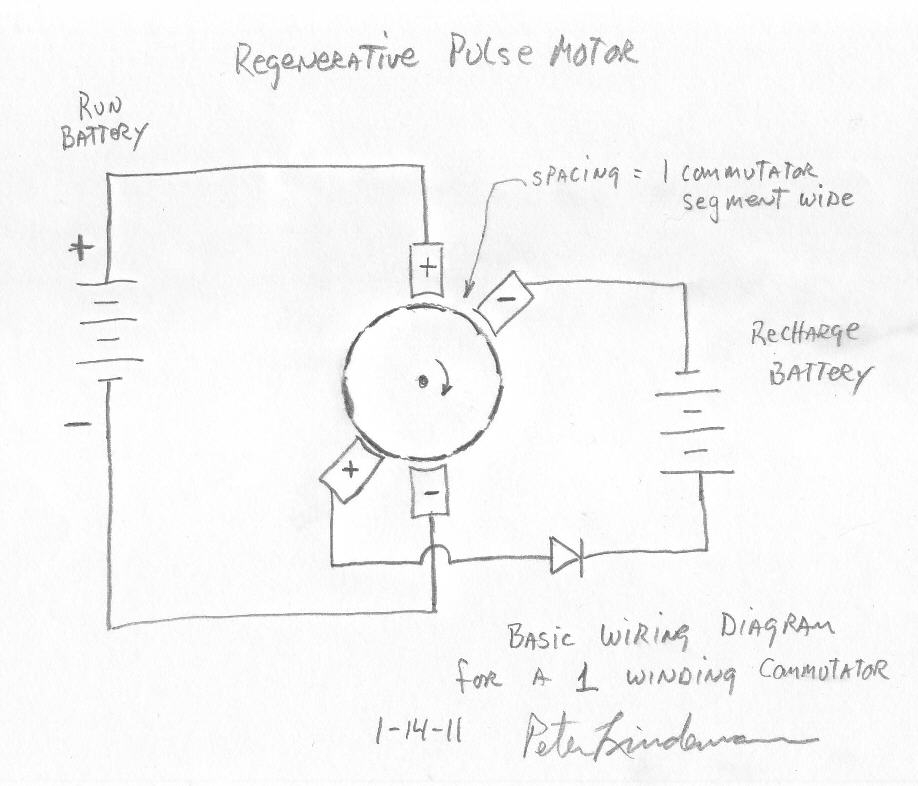Originally posted by Peter Lindemann
View Post
LOL, still want to make sure I have this right. After winding the rotor if I'm looking down the shaft of the rotor I would see >< with copper wire going up and down over the symbols. And if I looked at the other side without turning it I would see the same thing except the symbols would be rotated 90 degrees with the wires running horizontal. Is that right, the wire would have the appearance of a 4 bladed fan, 2 blades on each side. One side the blades horizontal and the other side the blades perpendicular?
Sorry to keep bugging you just want to get it right.
Mark


Leave a comment: